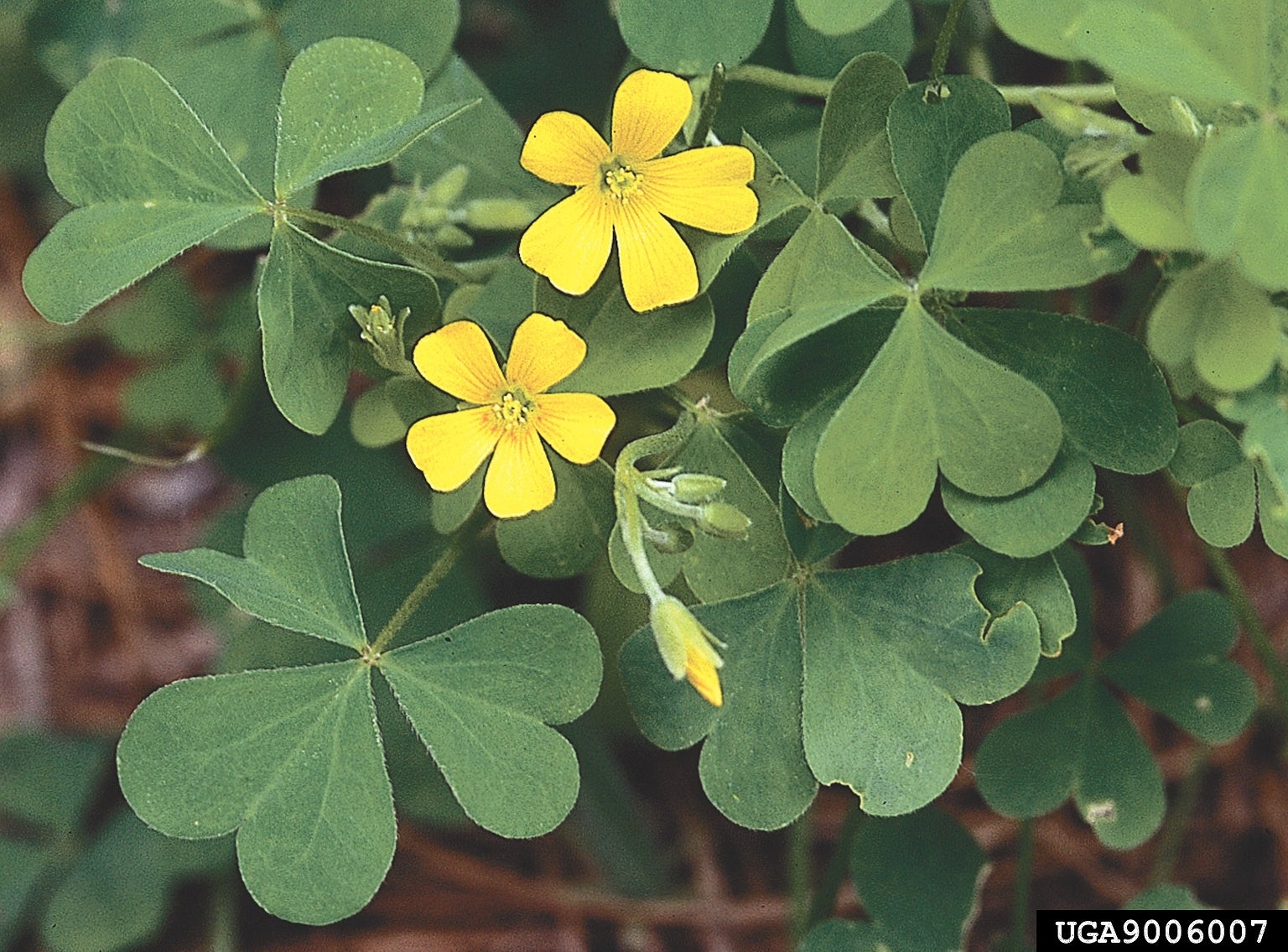Is Yellow Woodsorrel Edible: Taking Advantage Of Yellow Woodsorrel Uses


For those of us that hate weeds, woodsorrel sourgrass may look like a patch of much-hated clover. Although in the same family, it is a very different plant. There are numerous uses for yellow woodsorrel. Is yellow woodsorrel edible? This wild plant has a long history as a culinary herb and for medicinal use.
What are Sourgrass Plants?
Plants in the Oxalis genus are similar to clover but an entirely different family. Oxalis grows from little bulbils, while clover is a seeded or rhizomatous plant. Yellow woodsorrel (Oxalis stricta) appears like a small variety of clover but has none of the nitrogen fixing capabilities. There are several yellow woodsorrel benefits, though.
Woodsorrel sourgrass is a native North American plant. It is found from the Eastern U.S. into Canada. The plant has a long history as food and medicine to indigenous people. The plant is a perennial weed with three heart-shaped leaflets and produces a five-petaled, yellow flower from spring to fall.
Seeds form in hard little capsules which erupt when ripe and shoot seed up to 12 feet (4 m.) away. Each pod contains 10 seeds. The plant often colonizes vacant spots in the lawn and can grow up to 12 inches (30 cm.) tall. If you just can't live with this plant, either hand pull it or use a pre-emergent herbicide for woodsorrel weed control. Most herbicides are not useful against this weed.
Is Woodsorrel Edible?
Instead of jumping to get rid of the plant, though, why not take advantage of its many uses? Among the many yellow woodsorrel uses is a traditional role in daily food preparation. The genus, Oxalis, means "sour." This is a reference to the tangy flavor of the leaves, stems, and flowers – hence its common name of sourgrass. The plant makes an excellent tea by steeping leaves in boiling water for five-ten minutes. The resulting drink may need to be sweetened much like lemonade.
Woodsorrel also can be used as a flavoring in soups, stews, salads, and more. The plant contains oxalic acid, which can be toxic in high quantities but beneficial in smaller doses. The seed pods are also edible and may be ground as a spice and added to recipes.
Yellow Woodsorrel Benefits
This wild plant is full of Vitamin C. It contains potassium oxalate and oxalic acid, which can be dangerous to people with kidney problems, gout, and arthritis. However, in minor consumption, ill effects are rare. As a medicinal, woodsorrel has been used topically to cool skin, soothe the stomach, as a diuretic, and astringent.
Sign up for the Gardening Know How newsletter today and receive a free copy of our e-book "How to Grow Delicious Tomatoes".
The plant is also useful in treating scurvy, fever, urinary tract infections, sore throats, nausea, and mouth sores. It supposedly helps cleanse blood, and some believe it can help in cancer cases. The flowers are a historical source of orange-yellow dye.
Disclaimer: The contents of this article is for educational and gardening purposes only. Before using or ingesting ANY herb or plant for medicinal purposes or otherwise, please consult a physician, medical herbalist or other suitable professional for advice.

Bonnie Grant is a professional landscaper with a Certification in Urban Gardening. She has been gardening and writing for 15 years. A former professional chef, she has a passion for edible landscaping.